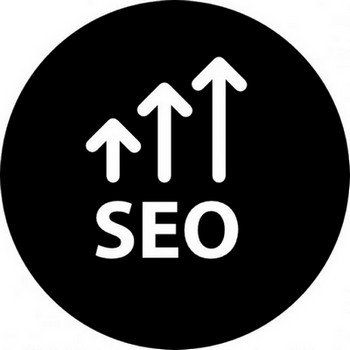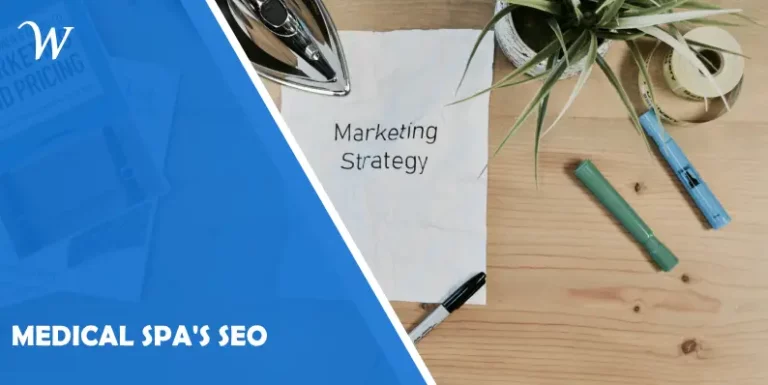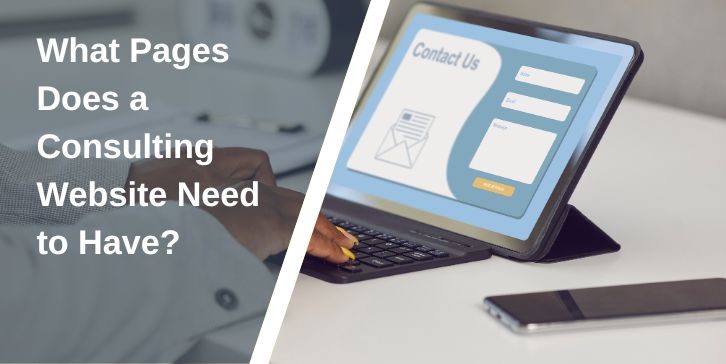Key Takeaways:
- Effective SEO can amplify your medical spa’s visibility and attract more clients.
- On-page optimization, local SEO, content marketing, and user experience are crucial.
- Regularly updating your SEO strategy is essential to stay competitive in the digital landscape.
Table of Contents:
- Introduction
- On-Page SEO Strategies
- The Importance of Local SEO
- Content Marketing for SEO
- Enhancing User Experience
- Conclusion

Introduction
In today’s competitive medical spa industry, having an online presence is not just beneficial; it’s essential. With an ever-increasing number of consumers turning to the internet to find services, your ability to stand out in search engine results can significantly impact your success. Search Engine Optimization (SEO) is a powerful tool that can enhance your visibility, bring more clients to your door, and ultimately grow your business. Understanding how to maximize your medical spa’s SEO potential can set you apart from the competition and establish your spa as a go-to destination for beauty and wellness treatments. This guide will provide expert tips on effective strategies for optimizing your medical spa’s online presence.
On-Page SEO Strategies
On-page SEO refers to the elements on your website that you can optimize to rank higher in search engine results. This includes meta tags, keyword usage, content quality, and more. Conduct thorough keyword research to pinpoint phrases potential clients might use when searching for your spa’s services. Incorporate these keywords into your page titles, headers, and body content. Using SEO services for medical spa, you can ensure that your meta descriptions and title tags are compelling and click-worthy. Well-optimized pages make it easier for search engines to understand your content, improving your chances of ranking higher.
Meta tags, including titles and meta descriptions, are crucial in on-page SEO. Title tags should be concise, include your primary keyword, and accurately represent the page’s content. Meta descriptions should briefly summarize the page content, entice users to click, and include relevant keywords. Header tags (H1, H2, H3) should be used to structure your content and make it easier for users and search engines to understand the information hierarchy.
In addition to meta tags and keyword optimization, the quality of your content is paramount. High-quality, original content that provides value to your audience can significantly enhance your SEO efforts. Avoid keyword stuffing, which can harm your rankings and create a poor user experience. Instead, focus on creating informative and engaging content that naturally incorporates relevant keywords.
Furthermore, make sure that your website is mobile-friendly and loads quickly. Search engines prioritize websites that provide a positive user experience, and mobile-friendliness is a critical ranking factor. Ensure your website is responsive and adapt to different screen sizes and devices. Optimize your images and use tools like Google PageSpeed Insights to analyze and improve your website’s loading speed.
The Importance of Local SEO
Local SEO is crucial for medical spas because most clients seek services within their geographical area. Start by setting up a Google My Business profile, ensuring all details like your address, phone number, and hours of operation are accurate. Optimize your listing by adding high-quality images and encouraging satisfied clients to leave positive reviews. Local SEO helps your business appear in local search results and on Google Maps, making it easier for potential clients to find you.
In addition to Google My Business, consider listing your medical spa on other local directories such as Yelp, Bing Places, and local business directories specific to your area. Consistency is vital; ensure your business information is the same across all platforms to avoid confusing search engines and potential clients.
Local keywords are also essential for attracting nearby clients. Incorporate location-based keywords into your website content, meta tags, and blog posts. For example, phrases like “best medical spa near me” or “top spa services in [Your City]” can attract locally relevant traffic. Writing blog posts about local events, partnerships, or community involvement can boost your local SEO efforts.
Moreover, gathering favorable reviews from satisfied clients can significantly enhance your local search rankings. Encourage clients to leave reviews by providing direct links to review platforms and gently reminding them after their appointments. Responding to positive or negative reviews shows that you value client feedback and are committed to improving their experience. Positive reviews build trust and influence local search results, making it easier for potential clients to find your med spa.

Content Marketing for SEO
Content marketing plays a significant role in boosting your SEO. Creating high-quality, valuable content helps establish your authority in the industry and keeps your audience engaged. Blog posts, videos, infographics, and case studies can all contribute to a robust content strategy. Focus on topics that answer common questions or solve potential clients’ problems. For example, you can write about the benefits of different treatments you offer or provide skincare tips. Ensure your content is optimized with relevant keywords, but avoid keyword stuffing, as it can harm your rankings.
In addition to traditional blog posts, consider creating other types of content, such as videos, infographics, and downloadable guides. Videos are particularly effective for demonstrating procedures, sharing client testimonials, and providing educational content. Infographics can simplify complex information and make it more digestible for your audience. Downloadable guides, such as skincare routines or treatment preparation checklists, can provide added value and encourage visitors to spend more time on your site.
Internal linking is another crucial aspect of content marketing. Link your blog posts and articles to relevant service pages on your website to keep visitors engaged and reduce bounce rates. Internal links help search engines understand the structure of your site and can improve the ranking of linked pages. Additionally, updating your content and refreshing old blog posts with new information can keep your website relevant and improve your SEO.
Enhancing User Experience
User experience (UX) is becoming increasingly important in SEO. Search engines like Google prioritize websites that offer users a seamless and enjoyable experience. This includes easy navigation, fast loading times, and visually appealing design. Regularly update your website to fix broken links, optimize images for quicker loading, and ensure your site is mobile-responsive. An intuitive website layout that makes it easy for visitors to find the information they need can significantly reduce bounce rates and increase users’ time on your site.
Navigation plays a crucial role in user experience. Ensure that your website’s menu is easy to use and logically organized. Include clear headings, subheadings, and call-to-action buttons to guide visitors through your site. A well-structured website with easy-to-find information can enhance user satisfaction and improve your SEO.
Page speed is another critical factor that affects user experience and search engine rankings. Slow-loading pages can frustrate visitors and lead to higher bounce rates. Use tools like Google PageSpeed Insights to identify areas for improvement and optimize your website’s performance. Compress images, leverage browser caching, and minimize server response time to enhance page speed.
Additionally, consider implementing live chat or online booking options to enhance user convenience and engagement. Live chat can immediately assist visitors with questions, improving their overall experience. Online booking systems allow clients to schedule appointments directly from your website, reducing friction and increasing conversions. The more user-friendly your website is, the better your chances of retaining visitors and converting them into clients.
Conclusion
Maximizing your medical spa’s SEO potential requires a comprehensive approach that includes on-page optimization, local SEO, content marketing, and enhancing user experience. By implementing these expert tips, you can significantly improve your online visibility, attract more clients, and drive growth for your business. Staying informed about the latest SEO trends and continuously refining your strategies will ensure your med spa remains competitive in this ever-evolving digital landscape.





Comments are closed.